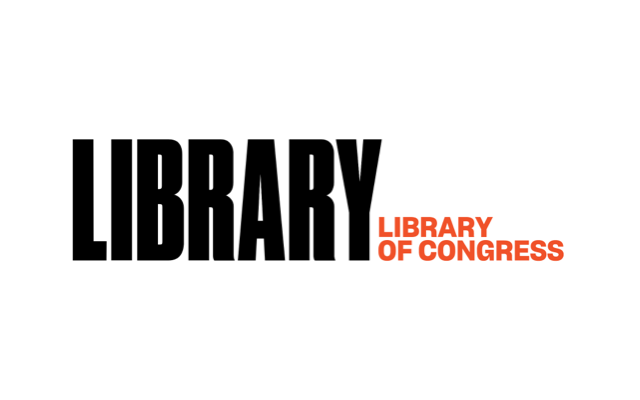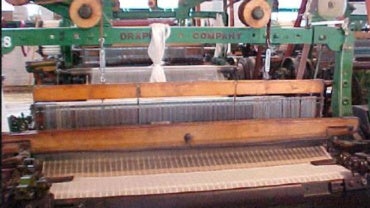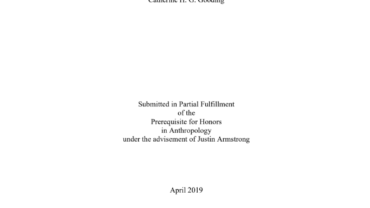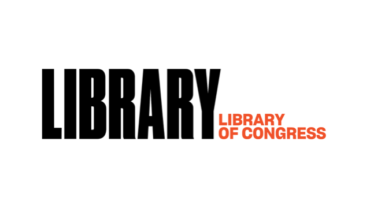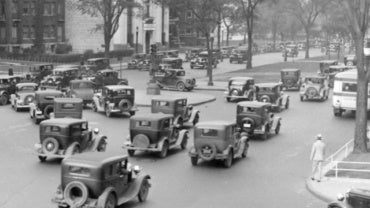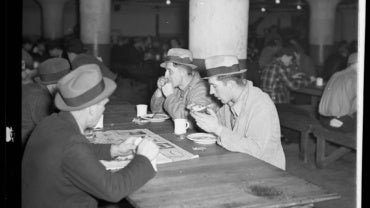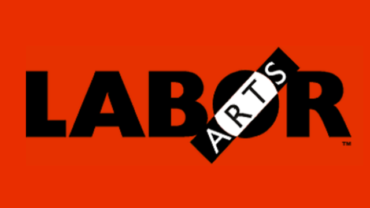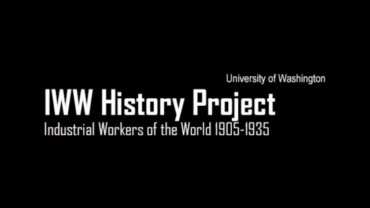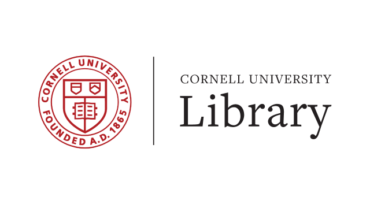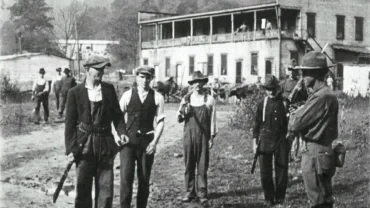America at Work, America at Leisure: Motion Pictures from 1894-1915 consists of 150 motion pictures, 62 of which also appear in other online collections. The majority of the films are from the Paper Print Collection, while the remainder are from the George Kleine Collection, both residing in the Motion Picture, Broadcasting and Recorded Sound Division (M/B/RS) of the Library of Congress. Both of these collections have printed catalogs available in the Motion Picture and Television Reading Room at the Library. The films were selected from these two collections on the basis of the activities pictured in the films and the quality of the available prints. As many different types of work, school, and leisure activities as could be found were sought in order to show the broadest possible representation of activities at the turn of the century. The selection is limited, however, by what is available from these collections; not every possible occupation or leisure activity from the turn of the century is represented.
